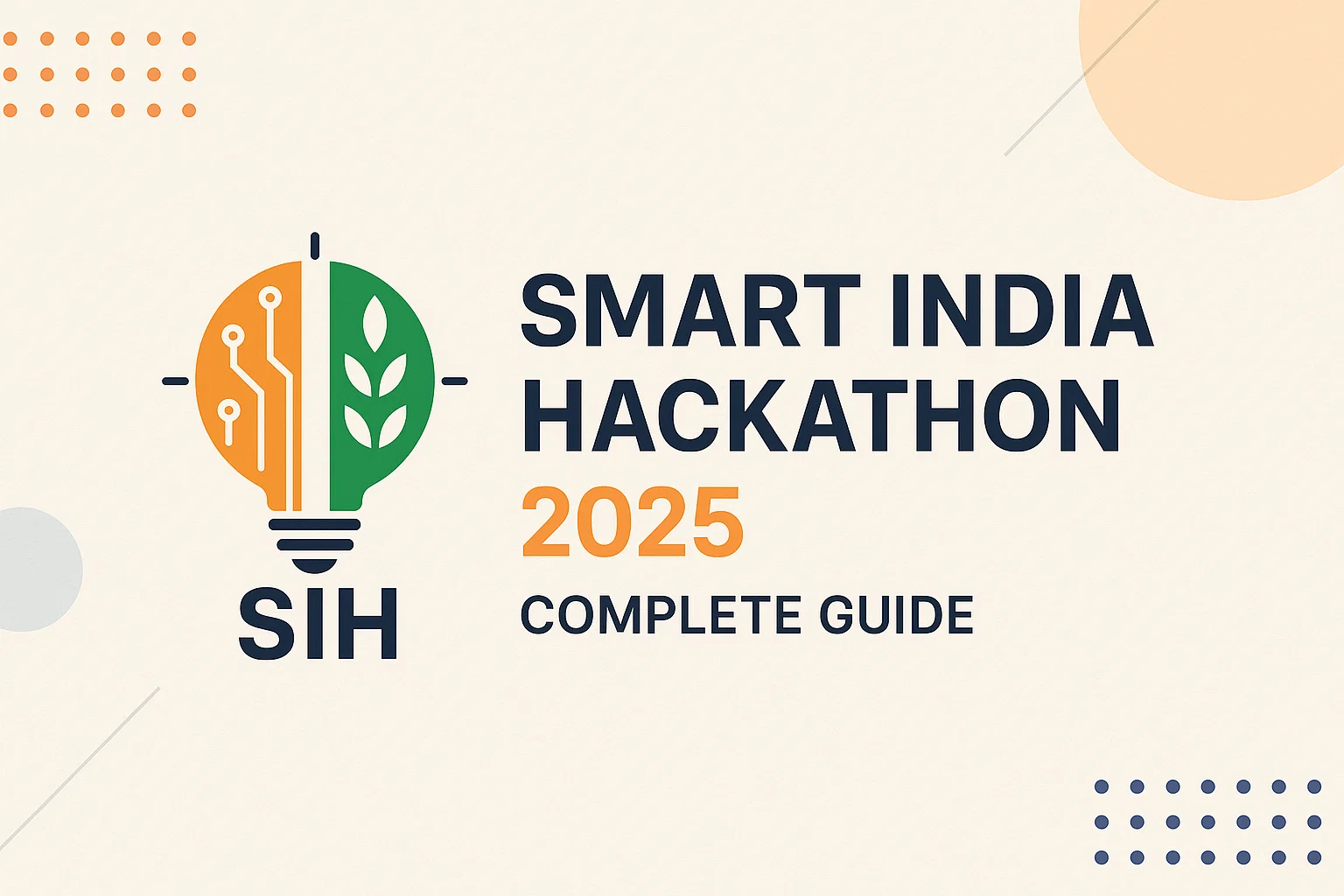TCS Question Paper pattern
Get familiar with these sections and practice them with below click on TEST
Please note
- The source of this table is TCS’s official mock link.
- Regarding the 6th group, i.e., advanced coding, the mock link has only one question, but there have been instances where applicants were given two questions to solve in the same time duration in the actual test.
The TCS digital exam pattern may be challenging, but with ample practice and the right guidance, you can crack it. Let’s take a brief look at each section and find out what you’ll need to cover to prepare well.
1. English and Verbal Ability
This section will consist of ten questions that ought to be solved in fifteen minutes. In the mock link, the questions draw from beginner-level topics like:
- Verbs and prepositions
- Identifying the error in the sentence
- Identifying the correct sequence of sentences
- Synonyms and antonyms of difficult words, etc.
There have also been instances where the questions only involve passage comprehensions. The usual theme of the passage would be on digital technologies like:
- Artificial intelligence
- Machine learning
- Deep learning, NLP
- Cloud computing
- Computer vision
- Blockchain
- Virtual reality
Resources for English and verbal ability section
- All About Words by Morris Rosenblum, Maxwell Nurnberg
- Word Power Made Easy by Norman Lewis
2. Quantitative Aptitude
This section requires you to solve 12 questions within 30 minutes. Hence you should focus on developing a solid grasp of concepts and the ability to think of a solution in a limited time.
This can be attained only through practice. So you can leverage any practice material you get your hand on, some of which we’re listing below:
Resources for quantitative aptitude section
- Fast Track Objective Arithmetic
- Quantitative Aptitude for Competitive Examinations
- Other Youtube channels dealing with the topic
3. Lateral Thinking
This section will consist of lots of brainteasers, and it entirely depends on how much laterally can you think. There’s a vast difference between thinking horizontal, vertical, or even logical – here’s how.
The questions could involve anything—could be a rebus, finding the missing link, identifying the correct pattern—basically any brainteaser you can think of.
The standard questions in the actual test will be pretty much the same as shown in the mock link. You’ll be given half an hour to solve seven questions. So try to attempt as many questions as possible in the time frame.
Useful resources for lateral thinking section:
4. Agility
This section will contain two questions that need to be solved in twenty-five minutes. If you check the mock link:
- The first question is an API-based program in JAVA
- The second question is an exhaustive comprehension of a mathematical concept/ leading tech. They’ll ask you to analyse the passage thoroughly and draw inferences.
However, the first question can be replaced by a new language in the actual exam. Moreover, they could change the theme or topic of the comprehension. It requires you to be aware of the latest and upcoming technologies in the digital world.
Useful resource for agility section:
5. Programming Logic
Recursion, arrays, stacks, queues, linked lists, trees, binary search trees, binary heaps, graphs — CSE geeks will already be familiar with the topics of these sections. You will have 20 minutes to solve 7 questions.
To excel in this section, you must know
- Data structures and their implementations.
- Standard algorithms with their space and time complexities.
Useful resources for programming logic section
6. Advanced Coding
This section will be an hour-long coding round—It could consist of one or two programs to solve in the same time constraint. The difficulty level of the same will depend on the number of questions given.
If you’re given a single question, it will probably be of the same standard as CodeVita round 1 questions, otherwise, if you’re given two questions, the difficulty level will certainly decline.
Languages allowed: C, C++, Java, Python 2.7, Perl. (These languages may change over time).




No comments